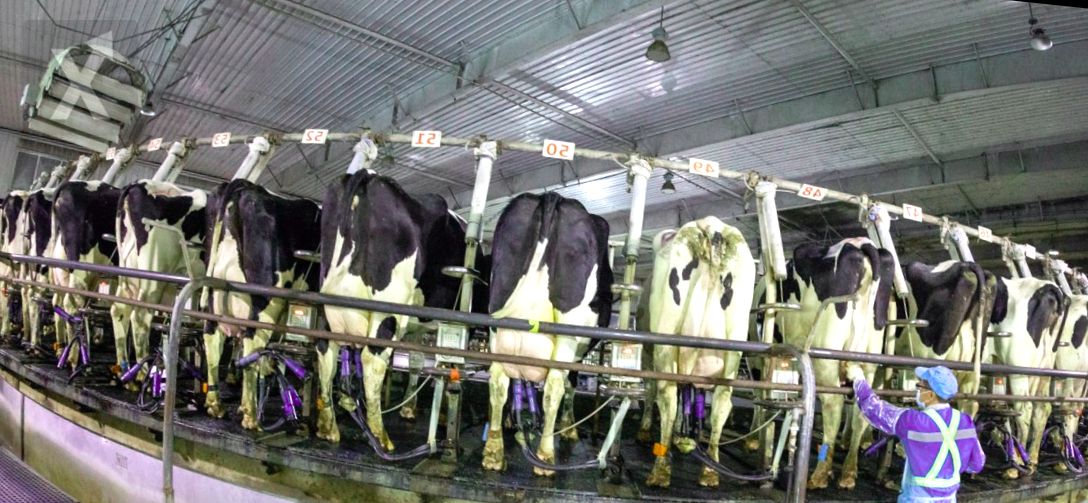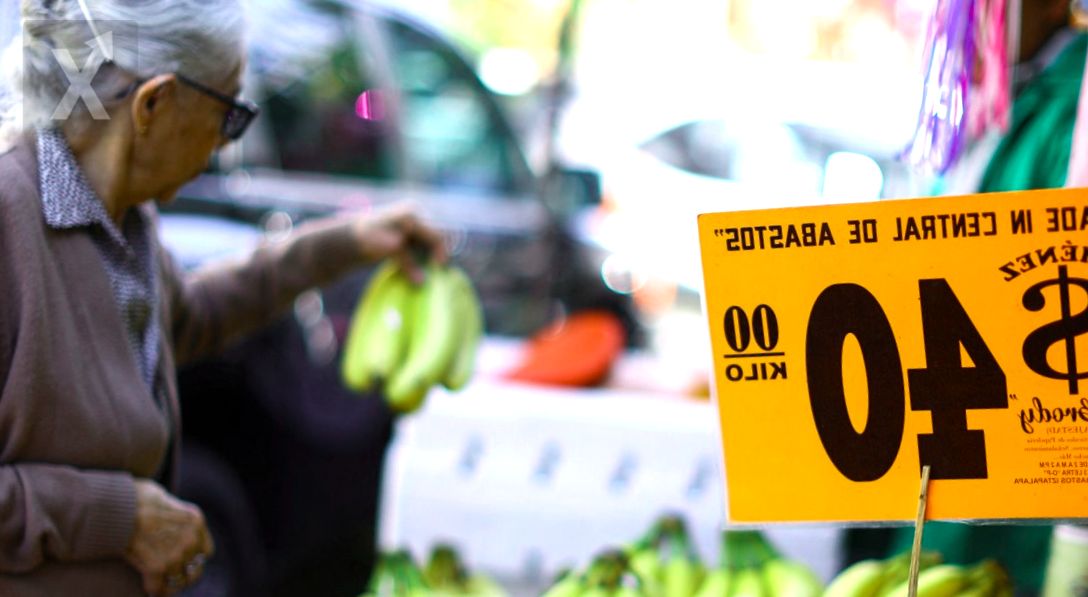China and Its Dairy Dilemma: An Unexpected Surplus

The dairy sector in China is facing a complicated situation. The overflow of milk is a result of excessive supply. A decline in birth rates and consumer concerns about prices have led to a decrease in demand, resulting in millions of dollars in losses for this sector.
What is happening with the dairy industry in China? How drastic has the decline in milk consumption been in the country?The consumption of dairy products among the Chinese population has dropped due to an economic slowdown, which has caused consumers to cut back on their purchases, impacting both the dairy and meat industries. According to Wang Lejun, director of Livestock at the Ministry of Agriculture, "the prices of beef and raw milk fell by 12.1% and 12.5%, respectively, in the first half of the year, and livestock breeders are facing losses," he told Reuters on July 24. Many small farmers have been forced to shut down their businesses, as prices have fallen below production costs since 2022, now sitting at 3.8 yuan ($0.54 or 10.48 Mexican pesos) per kilo. Some breeders have responded by reducing the size of their herds to sell meat, a sector that is also facing excessive supply. "Dairy companies are losing money on both milk and meat sales," said Li Yifan, director of dairy products (Asia) at StoneX. Regarding dairy imports in China, which mainly come from New Zealand, the Netherlands, and Germany, they have decreased by 13% compared to the previous year, totaling 1.75 million metric tons in the first eight months of 2024. Powdered milk, which constitutes the primary imported product, saw a drop of 21%, reaching 620,000 tons, according to data from Chinese customs. The milk surplus is one of the unexpected consequences of changes in food security. Due to economic factors and an aging population, per capita consumption in China fell from 14.4 kg in 2021 to 12.4 kg in 2022, which is the latest year with data from the statistics office. Nonetheless, milk production increased to nearly 42 million tons last year, up from 30.39 million tons in 2017, surpassing Beijing's 2025 target of 41 million tons. China ranks as the third largest milk producer in the world, according to Reuters data.
This scenario underscores the importance of diversifying agricultural productions, especially in sectors vulnerable to economic volatility. Dairy and meat producers need to reassess their business strategies and consider adopting more sustainable practices to mitigate the risks of an excessive supply, which can lead to significant losses. Adapting to changing market conditions will be key to the recovery of this sector in the future.




